Top Python Libraries for Data Science You Should Know

Opening the doors to data science, Python has set itself apart as an incredibly powerful tool in this ever-evolving field. Its growing appeal stems from the simplicity it brings to processing, analyzing, and interpreting vast volumes of data. Crucial to Python's supremacy are the Python libraries for data science, which encode complex operations into simple, readable syntax. These diverse libraries, such as Numpy for multi-dimensional arrays and matrices, and Pandas for tabular data manipulation, allow data scientists to divert attention from computational complexities to strategic analysis. Consequently, Python has democratized the power of data science, enabling solutions to increasingly intricate problems in an efficient and community-friendly manner. Through the following sections, we will delve deeper into these remarkable libraries, their features, and how they are driving advancements in data science.
Numpy: Multi-Dimensional Arrays and Matrices

One of the core python libraries for data science is Numpy, known for its deftness in handling large datasets. Its proficiency in managing multi-dimensional arrays and matrices is impressive. As data science projects typically involve large sets of data, Numpy comes handy as it is designed to process extensive datasets effectively. It is capable of performing fast computations without using much memory, which is critical when dealing with data science tasks. Efficiency is key when managing multifaceted, voluminous data, and Numpy, with its Array Interface, provides an excellent means to economize memory consumption and runtime.
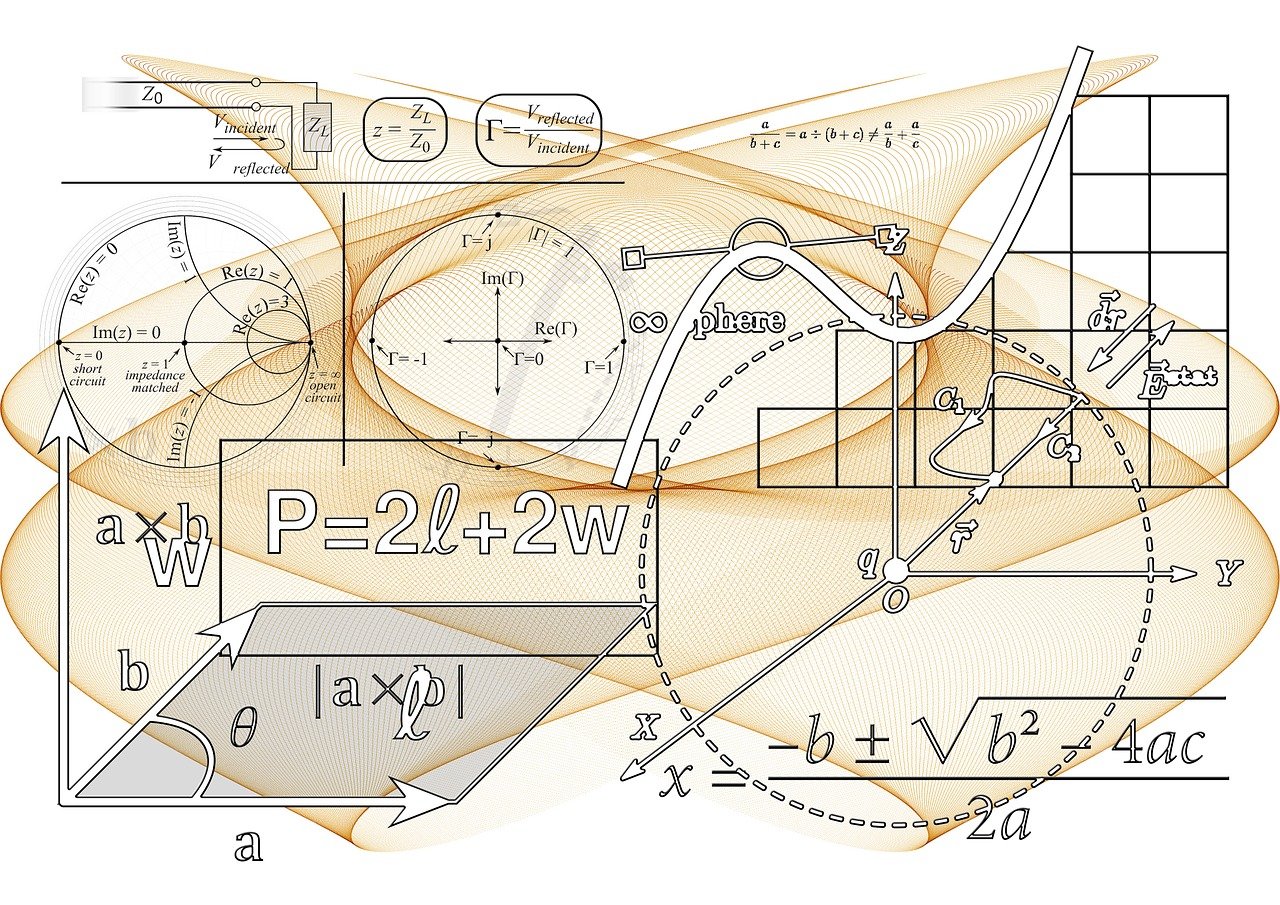
Moreover, the ability of Numpy to carry out a wide array of mathematical operations cannot be overstated. Numpy provides a variety of built-in mathematical functions such as basic arithmetic operations, linear algebra, mathematical transforms, and more, that can be executed directly on arrays. Say, when working on a machine learning task, you may need to carry out multiplication or division operations on a matrix or array of data. Numpy makes this possible, allowing you to perform these operations effortlessly. Due to the nature of data science projects often requiring detailed mathematical analysis, Numpy becomes an inevitable tool-kit in the python libraries for data science landscape. With its extensive functionality, it is truly a cornerstone in the python data science ecosystem.
Pandas: Manipulating Tabular Data and Time Series
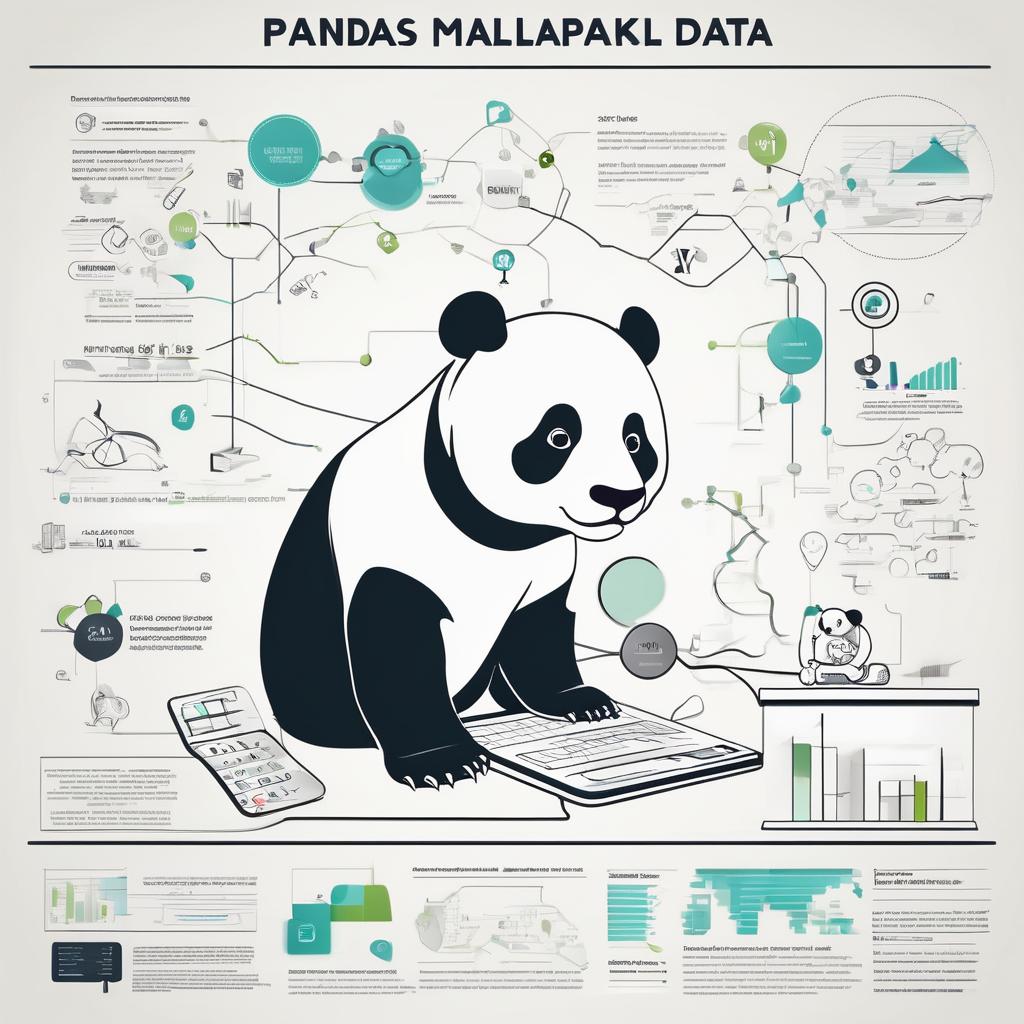
In the realm of Python libraries for data science, the Pandas library is renowned for its powerful functionalities in manipulating tabular data and time series. This library stands as one of the most integral tools for managing and cleaning datasets, simplifying a task that often proves complex and cumbersome for data scientists. For instance, using Pandas, a data scientist can efficiently handle tasks such as data extraction, cleaning, and pivoting, among others, reducing the time needed and boosting productivity.

Building further on the versatility of the tool, the Pandas library incorporates diverse functions for time series analysis. This broad spectrum of abilities means that data scientists can carry out operations like sorting, filtering, or even the mathematical transformations needed for time series data analysis. This exceptional feature is especially valuable in the world of finance, economics, and social sciences where time series data is abundant. By mastering Pandas, a data scientist also gains a powerful tool that enhances data analysis processes, making Python an invaluable resource in the realm of data science.
Matplotlib: Creating Static, Animated, and Interactive Visualizations
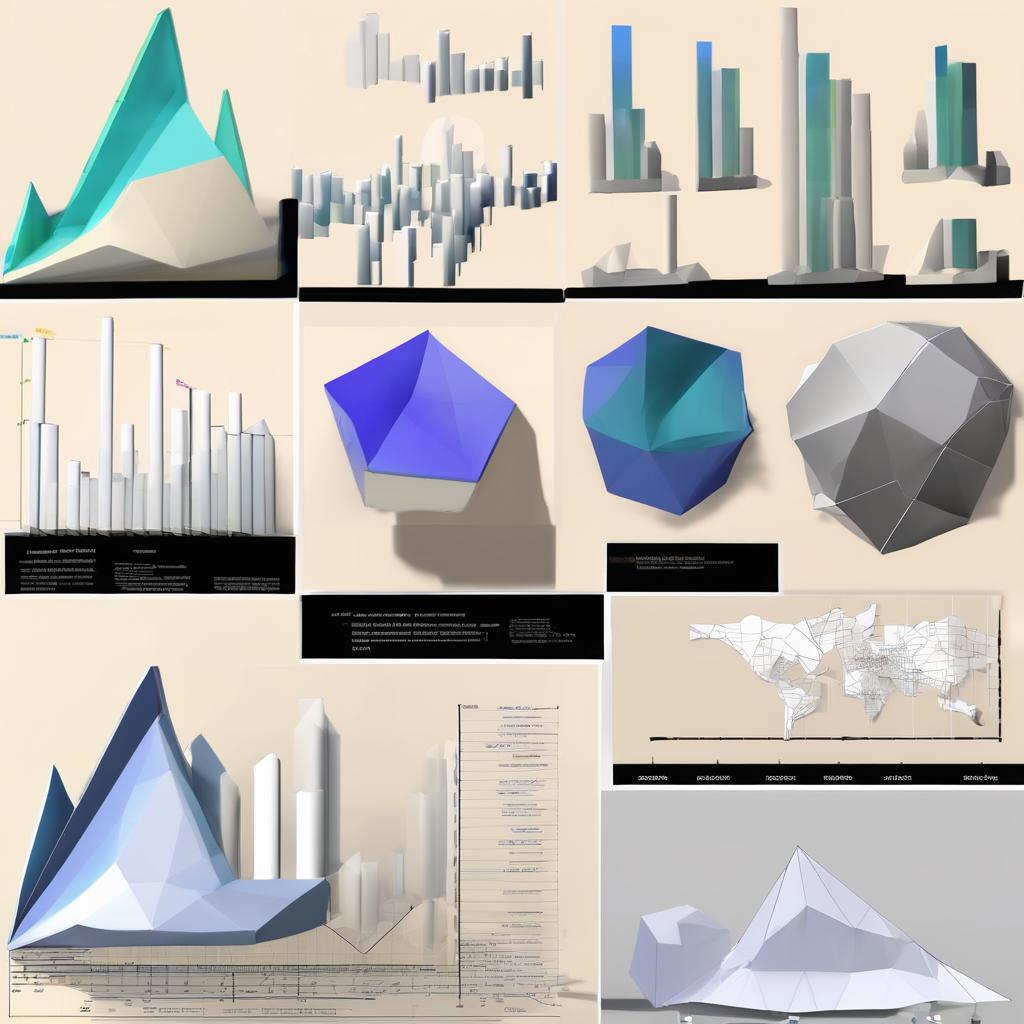
Matplotlib, one of the foremost python libraries for data science, is utilized extensively in creating both static figures and animations, along with interactive visuals that enable thorough data analysis. A multitude of striking, detailed, and engaging visual aids can be generated using Matplotlib, ranging from histogram charts to 3D plots. The sheer versatility offered by this library allows data scientists to better communicate complex sets of analytics, making it easier for non-technical audience members to comprehend the results.
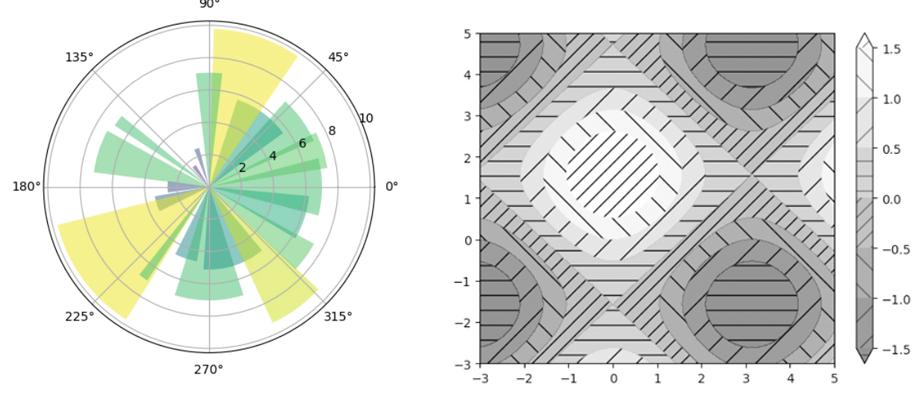
Matplotlib stands out amongst python libraries for data science due to its flexible and wide-ranging customization options. As an open-open-source library, it permits extensive alterations to visualizations, ensuring that each element of a graphic is tailorable, from its axes and labels to the specific color and size of plotted data points. This intricate level of personalization ensures that the visualizations fashioned by Matplotlib can be readily adapted to fulfill the criteria of various data science projects.

For instance, The New York Times uses Matplotlib for producing the data-driven visualizations that they include in their stories. This is a prominent real-world example of Matplotlib’s extensive capabilities, with its outputs appearing in both a worldwide publication and academic papers. In a nutshell, it is pivotal to be acquainted with this core visualization library in the Python ecosystem to effectively utilize python libraries for data science. Matplotlib equips data scientists with the tools required to create meaningfully illustrated narratives, increasing the potency of their data analytics endeavors.
Sci-Kit Learn: Developing Algorithms for Machine Learning and Data Modeling

With the proliferation of Python libraries for data science, one that stands out for its versatility in building machine learning models and algorithms is Sci-Kit Learn. This library adapts effortlessly to both supervised and unsupervised learning scenarios, granting it a unique flexibly among data science tools. It permits the creation of complex prediction models while providing a myriad of finely tuned functionalities. This immense variety reflects the expansive flexibility that makes Python the leading language for data analysis.
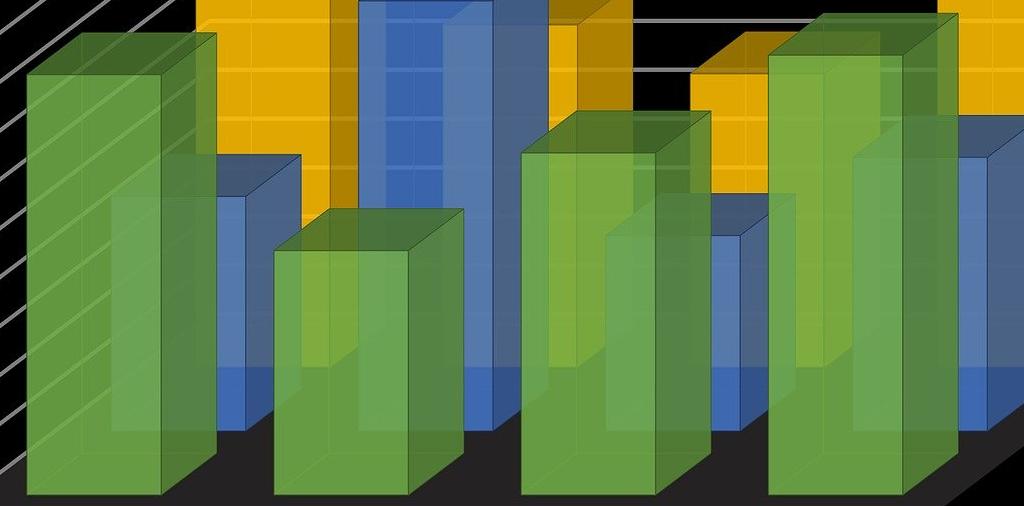
Contributing largely to Python's ascendancy in data science, Sci-Kit Learn simplifies the development of machine learning algorithms. Its broad range of functions facilitate the process, from data cleaning and pre-processing, to modelling and result evaluation. Coupled with this, Sci-Kit Learn hosts a vast collection of data modelling tools which help data scientists in forming credible predictions. Furthermore, it provides researchers the power to tune their machine learning models to perfection.
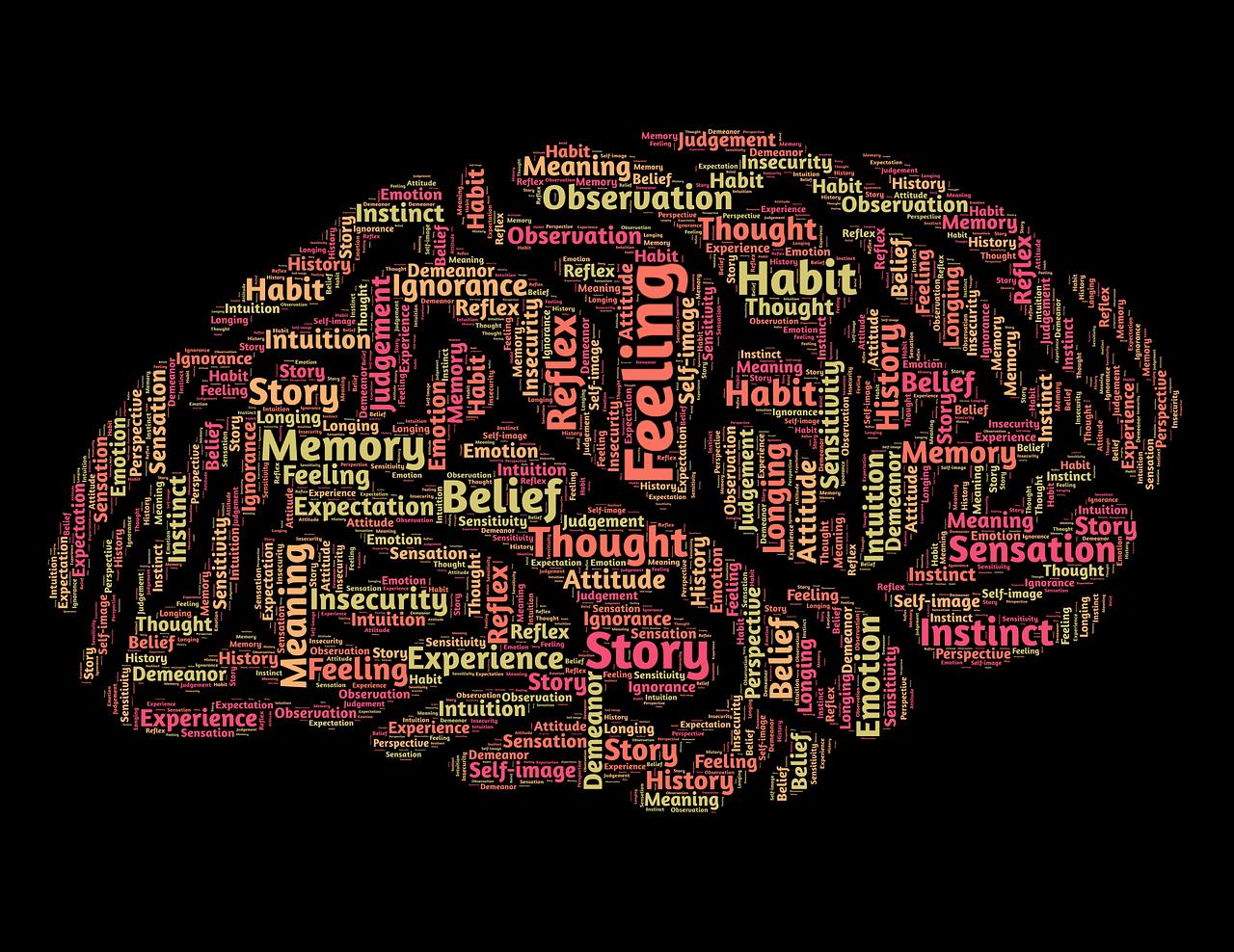
To illustrate the power of Sci-Kit Learn's efficiency, consider its application in handling both supervised and unsupervised learning scenarios. Supervised learning is conducted when the output data is known, and the model makes predictions based on learning from its training data. On the contrary, unsupervised learning strategies are employed when the output data is unknown. This is where Sci-Kit Learn excels as one of the best Python libraries for data science, making it an indispensable asset for any data scientist.
PyTorch: Tensor Computation for Computer Vision and Natural Language Processing

Deep learning models have been revolutionized with the use of PyTorch, one among the pivotal python libraries for data science. This library stands out for managing machine-learning models and is coded predominately for two main tasks: Computer Vision (CV), and Natural Language Processing (NLP). It recreates models as a series of computations on multi-dimensional data arrays, also known as tensors, making it effective in dealing with complex tasks. In the sphere of Computer Vision, PyTorch provides a multiplicity of tools. This wide range of sophisticated tools aid in the understanding and interpretation of real-world data, allowing for optimized visual results. For instance, when applied in facial recognition software, PyTorch helps in the enhancement of algorithm efficiency through stronger processing of visual data.
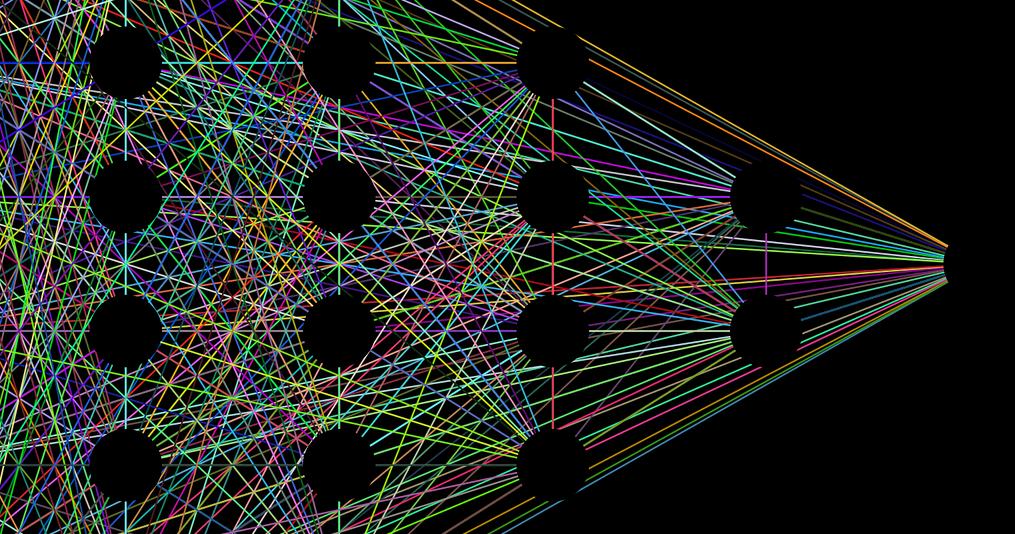
Switching to Natural Language Processing, PyTorch offers an impressive spectrum of tools for NLP. By handling intricate language patterns and recognizing speech, it's capable of developing intelligent systems that understand, generate, and translate human language into valuable conclusions. In real-time applications, it aids in tasks such as sentiment analysis or chatbot development. Conclusively, PyTorch brings a great deal into the domain of data science and artificial intelligence. It accelerates the development process with its dynamic and flexible nature, thus becoming a go-to choice among data scientists.
Open-CV: Processing Images and Videos

If you're seeking the finest python libraries for data science, it would be hard not to mention Open-CV. Open-CV offers significant functionalities when it comes to real-time image and video processing. This is important for data scientists who are engaged in real-time data analytics, where millisecond differences can drastically affect the results. But what makes Open-CV stand out is its ability to function synergistically with machine learning libraries. The ability to perform real-time image and video processing becomes much more potent when paired with sophisticated machine learning algorithms taught to pick up patterns that the naked eye could easily miss. A practical example of this integration is in modern surveillance systems. These use machine learning algorithms to identify suspicious activities in real-time videos thereby making security systems smarter and more efficient.

Furthermore, this library could be a game-changer in sectors like self-driving cars where real-time video processing coupled with machine learning can make critical decisions like object detection and collision avoidance. Finally, Open-CV goes beyond just being one of the many python libraries for data science. It provides a powerful and versatile tool that data scientists can't afford to pass up. When paired with machine learning algorithms, it heralds in a new era of innovation and forward-thinking technology. It is definitely a python library every data scientist should have in their arsenal.
Niche Python Libraries for Data Science

Data scientist looking for unique approaches in their projects will be excited to know about certain lesser known, yet powerful, Python libraries for data science. These niche libraries offer specialized capabilities, giving you the opportunity to do a lot more with Python. These include Tkinter for creating GUI applications, Requests which makes HTTP requests simpler and more human-friendly, Asyncio for writing concurrent code, Pygame which is meant for creating multimedia applications, such as two-dimensional games and BeautifulSoup which scrapes the web and collects data, preparing them for future manipulations.
While it's easy to overlook them in favor of the more widely-used libraries, these niche Python libraries offer certain features not found anywhere else. They could in fact be the missing key to unlock the door to advanced data science projects. In conclusion, the vast selection of Python libraries stands testament to the ingenuity of the data science realm, opening doors for data scientists to explore uncharted territories.
